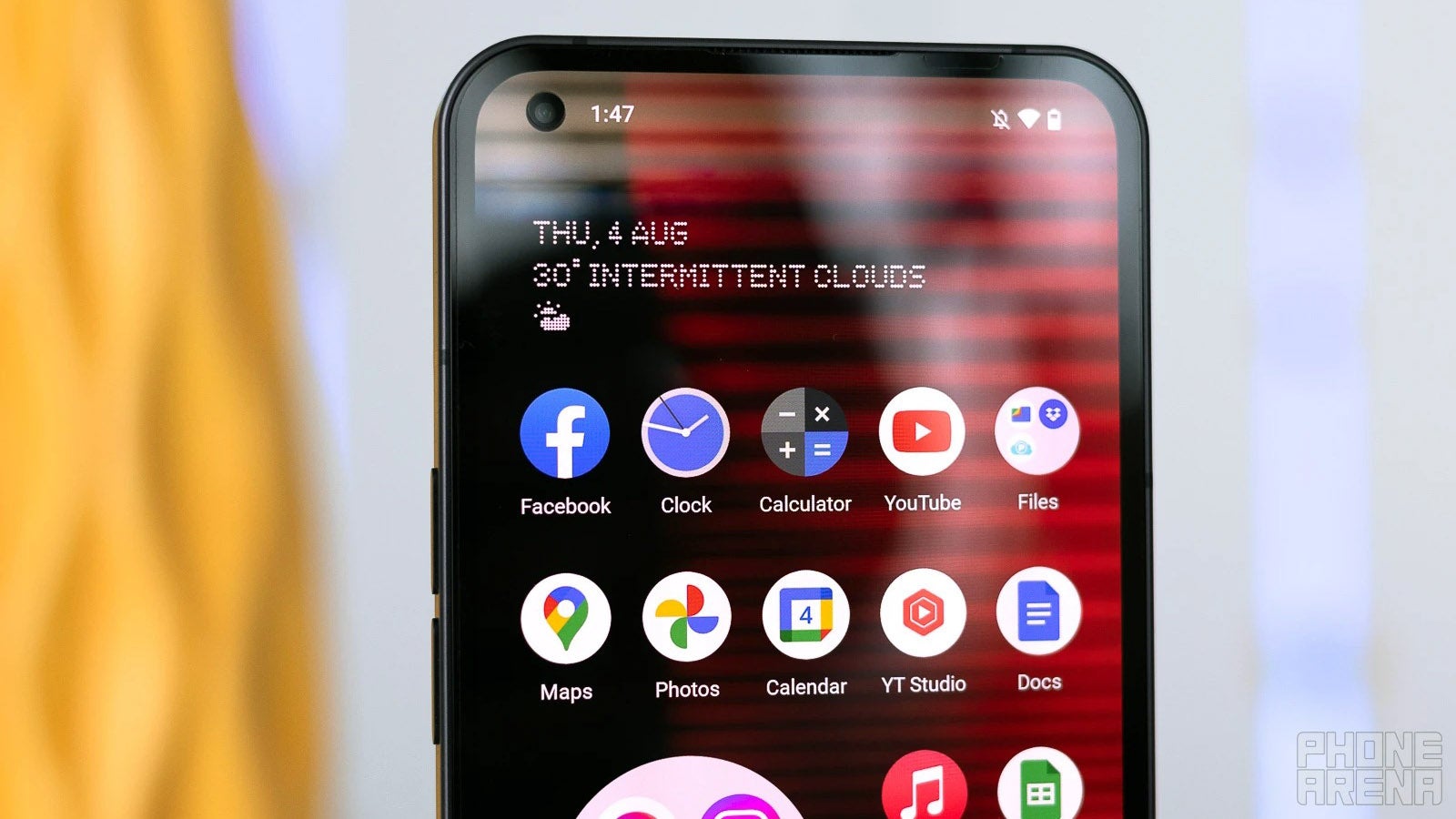There is nothing wrong with Nothing’s Phone 1 screen brightness numbers

It’s because that number is the absolute maximum that the panel is physically able to achieve when just a tiny fraction of it (about a percentage point) has its light-emitting diodes powered to the maximum while showing all white, and that’s is exactly the number that Nothing advertised, too.
‘Peak brightness’ is a scam
We kid, it’s a fairly useful metric for outdoor visibility, coupled with the screen reflectance and contrast numbers. Even Samsung’s “High brightness” number of 1200 nits, however, is only achievable in autobrightness mode under special circumstances like showing HDR content with direct sunlight falling on the display’s brightness sensor on a day at the beach.
In order to recreate such a scenario during our screen benchmark testing, for instance, we leave the phones in their default state with the autobrightness toggle turned on, and shine a very bright light imitating a sunny summer day over the brightness sensor to see how high it can truthfully go and even then the S22 Ultra barely managed a number more akin to a typical brightness scenario.
Thus, the only fault of Nothing while advertising the peak brightness levels of its Phone 1 is that it didn’t specify the circumstances when it can hit those levels, yet other phone makers don’t do it either and prefer to boast the highest number.
In fact, Nothing went on record clarifying that it meant that the panel is physically able to hit 1200 nits, but battery draw and heat considerations it limited its maximum brightness to 700 nits, and “in auto brightness mode under strong light environment” at that, what Samsung calls “High brightness” mode.
This furthers the notion that the only omission Nothing may be guilty of, is clarifying the conditions under which the Phone 1 panel can hit 1200 nits for all of our geeky souls out there who actually read the specs list.
Good luck hitting that anytime soon on the S22 Ultra, even in “High brightness” mode conditions, so we’d give Nothing the benefit of the doubt as they changed the official Phone 1 specs list to more accurately reflect the typical brightness of its display immediately after the fairly manufactured controversy got publicity and explained why they went overboard in the beginning.
After all, it’s a sub-$500 phone with display luminosity in the category’s ballpark, while peak brightness is just one of the components for good outdoor visibility, with low display reflectance ratio arguably even the more important number in that respect. What do you think?
For all the latest Technology News Click Here
For the latest news and updates, follow us on Google News.

